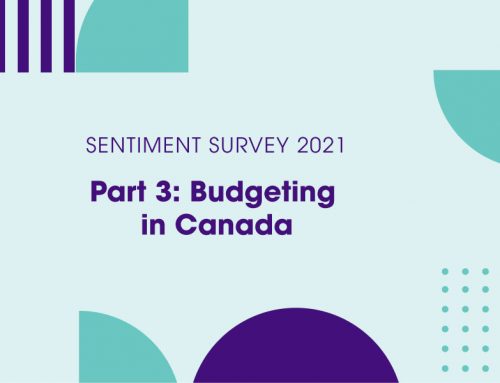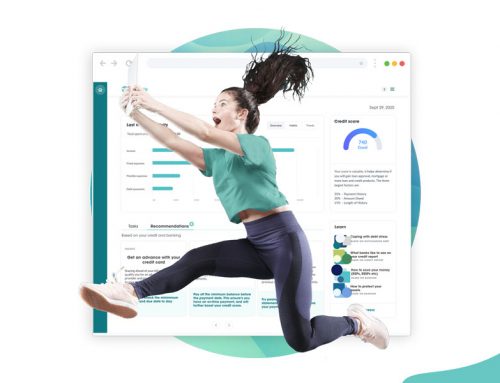How To Budget For Flexible Expenses?
It can be hard to control your budget when you have a wide variety of costs outgoing each month. We recently discussed ways for you to learn how to budget so you can take control of your finances. It’s important to learn how to create a budget and by deciding to start one, you’re more likely to report no financial struggle, compared to other spenders. But when it comes to creating a budget for your flexible expenses, this can be a difficult task.
Your flexibles expenses are generally not predictable. Each month, you may have different events, holiday’s or family and friend get-togethers that require you to spend more than you anticipated. Let’s take a closer look at how you can plan for your flexible expenses.
What Are Flexible Expenses?
Flexibles expenses are your costs that may change over time and are not set at an exact figure each month. For example, a flexible expense maybe your grocery shopping, dining out, movie tickets or often, your leisure expenses. Because these expenses tend to change depending on the day, month or week, it can be often hard to figure out how to budget for these types of expenses. But it’s important to differentiate between the flexible expenses that you must pay every month, and one’s you can avoid paying altogether. These are called your essential expenses and non-essential expenses:
Essential Expenses
These are any costs that are essential to maintaining your current lifestyle. This could be your utility bills, cell phone plans, transportation costs and groceries. Often, you must pay these expenses, but due to their nature, they may vary in cost each month.
Non-Essential Expenses
These expenses are quite easy to recognize. To identify these types of expenses, ask yourself “is this expense absolutely necessary to maintain your job, home or car?”. If the answer is no, then this is a non-essential flexible expense. This type of expense is important to recognize, as they help you figure out areas of your budget your over-spending on, or going off course.
Recognizing Your Flexible Expenses
Firstly, when it comes to your flexible expenses, there are many reasons why your costs may vary. Let’s say your grocery list varies weekly for simple reasons such as changing up your meals or buying more treats. But of course, it’s normal to want to change up your meals and this may impact your budget. Likewise, you can always allow for these changes while creating your budget, but you may want to reduce your number of random splurges of treats when this happens.
You may also treat yourself to weekly a morning coffee which costs $4 per week and amounts to about $16 per month. At times, you may indulge in a coffee more than once a week, which means you spend more. From here, it’s important to recognize these inconsistent splurges in your flexible expenses to learn how to effectively budget for them.
As with all expenses, find out how your flexible expenses affect your overall financial health. You can do this by tracking your monthly spending and deducting this from your income. Ideally, you’ll have money left over rather than a zero or negative balance. Then, you can separate your flexible expenses from your fixed expenses to estimate how much you spend on them. Lastly, you can then begin deciding if the amount you spend aligns with your budget. If not, then it’s time to revisit your spending habits and create a new budget.
How To Reduce Your Flexible Spending Habits?
Maybe you’ve tracked your spending and came to the realization that you’re over-spending on some things on the budget that you deem non-essential. If so, then it’s time to reduce spending habits.
To do this, you can start by logging into your online banking app or obtain a copy of your bank statements. Here, you should focus on your transaction history. This can help you learn more about your patterns and bring awareness to the general cost, so you can adjust your budget if necessary. Whereas you can’t control the cost of things, you can take charge of the limit you spend on certain items.
Being aware of your spending patterns can help you realize the impact it may have on your budget. When it comes to your essential flexible expenses, you can always try to budget for an average of what you pay. If this doesn’t feel like it would work for you, you can always round-up to the highest amount you’ve paid, and budget for this. From here, you will then mostly have money left-over. For example, you may heat your house more often in colder months – resulting in a higher-than-average utility bill.
Financial Technology To Help With Flexible Expenses
If you’re struggling to figure out what expenses are flexible or fixed, there is a wide range of financial technology tools that can help you. At Marble, we have recently introduced to you the MyMarble Dashboard.
The MyMarble Dashboard allows you to review your current income and spending to discover the best ways to improve your credit and financial wellbeing. We provide you with access to your monthly reports using your connected bank account. From here, MyMarble can form personalized recommendations and opportunities for you to utilize your budget and flexible expenses. Most importantly, this can help you pay off your debt faster and boost your credit score. Using the MyMarble Dashboard is an ideal way to help you discover your flexible expenses and learn about the trends and patterns you’ve made over-time improving your habits.
To learn more about how you can get started with MyMarble, head over to our website and sign-up today: https://portal.mymarble.ca/sign-up.
The Bottom Line
It’s clear that your flexible expenses, whether they’re essential or non-essential, can have a huge impact on your budget. It’s important to make sure that you’re tracking what you spend and where your money is going, to effectively monitor the overall effect. To keep track of these splurges, make sure to monitor your transaction history and take note of any high costing, consistent spending. This way, you can then decide if they’re necessary or not, and get rid of these costs from your spending patterns.






